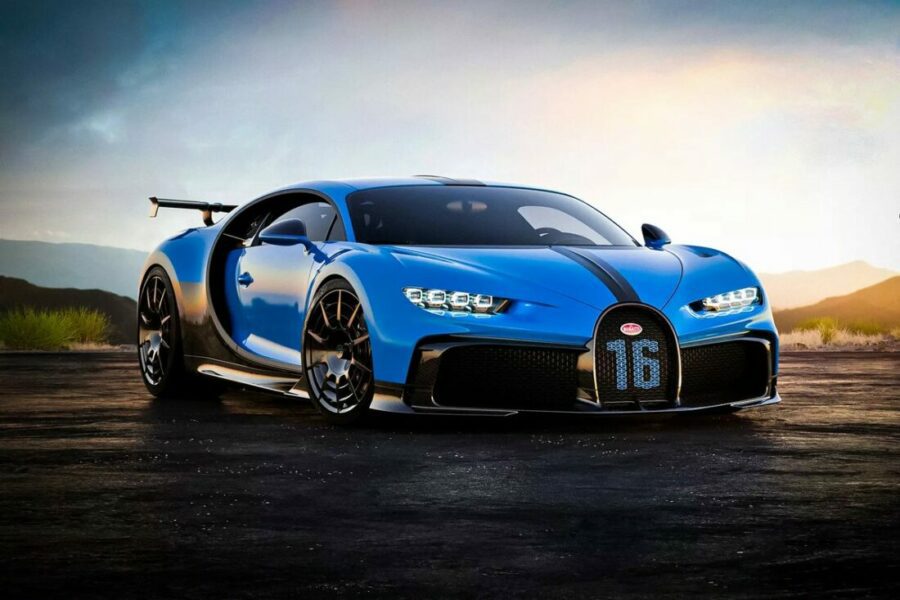
Non plus ultra: we drove a Bugatti Chiron
And they seem to be made for the Bugatti Chiron, which is arguably the most powerful and fastest car in the world, in short, an unprecedented car, as the numbers show: the top speed is fixed at 420 kilometers per hour, accelerates from 0 to 100 kilometers. per hour in less than 2,5 seconds, and let's mention the price, which is about three million euros. Straight into the twilight zone.
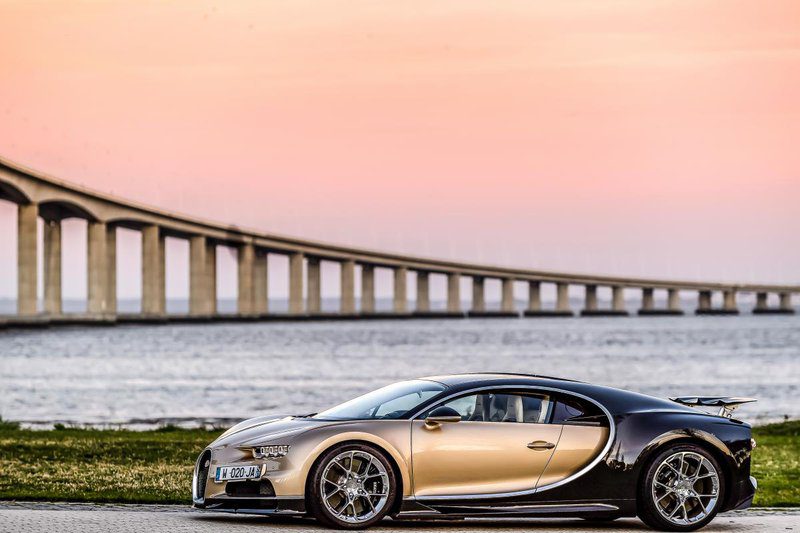
However, I must admit that breaking into one of the 20 vacancies available to drive the new Bugatti Chiron was a little easier than Heracles having to split the mountainous Calpe and Abila, then the border of the Council, in order to unite the Atlantic. … and the Mediterranean, but no less impressive. It would probably be easier if one of the 250 potential buyers who flew to Portugal could try out the successor to the legendary Veyron (a condition he wouldn't have met as a motoring journalist, but as a lottery winner anyway), which they already had started assembly in Molsheim, the brand's factory studio. It is supposed to produce one chiron every five days. Thus, the time frame refers more to the creation of a work of art than to a car. After all, art is exactly what we do here.
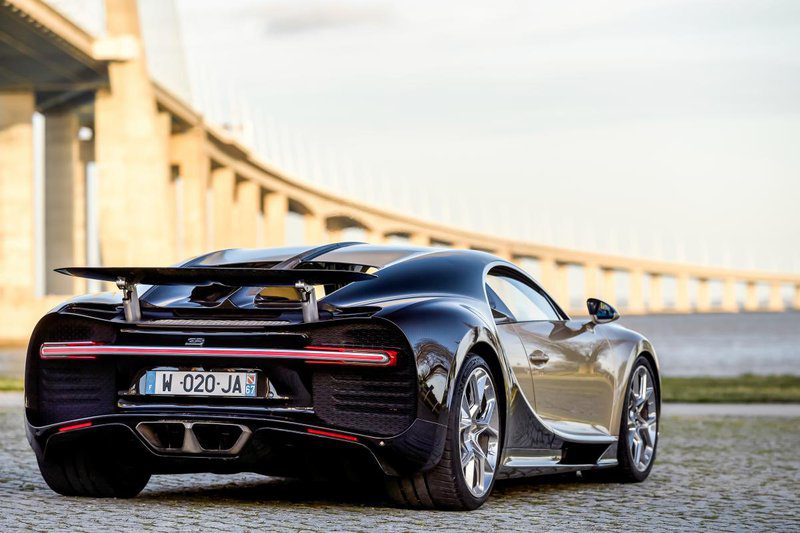
Let me quickly remind you that the French brand Bugatti was created in 1909 by the Italian engineer Ettore Bugatti, after several unsuccessful attempts it was revived by the Volkswagen group in 1998, and shortly after that they introduced the first concept called EB118 (with an 18-cylinder engine ). The concept was last developed in the Veyron, the first production model of a (small) series of a new era. Several versions of this car were produced (even without a roof), but only from 450 to 2005, no more than 2014 cars were produced.
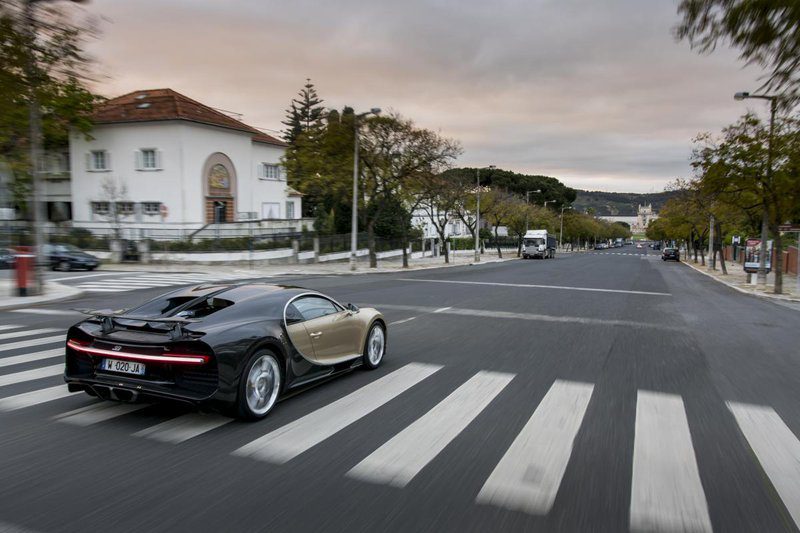
In early 2016, the automotive world was alarmed by news of the approaching successor to the Veyron, which will also bear the name of one of the most famous Bugatti racers. This time it was Louis Chiron, the Monaco racer of the Bugatti factory team between 1926 and 1932, who won the Monaco Grand Prix in a Bugatti T51 and is still the only princess racer to win a Formula 1 race (perhaps the next will be Charles Leclerc who dominates Formula 2 this year and won the home race only due to a team tactical error). Chiron's driving skills are among the unique driving aces such as Ayrton Senna and Gilles Villeneuve.

The easiest part of this project was choosing a name. Improving the 16 horsepower 1.200-cylinder Veyron engine, beautiful chassis and straight outlandish interior required a huge amount of energy and talent from the engineers and designers, and the result is telling enough: the V16 is essentially still two V8 engines. with four turbochargers that Bugatti says are 70 percent larger than the Veyron and that work in series (two run up to 3.800 rpm, then the other two come to the rescue). “The increase in power is as linear as it gets and the time lag in turbo response is minimal,” explained Andy Wallace, the former Le Mans winner with whom we shared this memorable experience on the very long but narrow plains of Portugal. Alentejo region.

There are two injectors per cylinder (32 in total), and a new feature is the titanium exhaust system, which helps to achieve an almost absurd engine power of 1.500 horsepower and a maximum of 1.600 Newton meters of torque. , between 2.000 and 6.000 rpm.
Considering that the Chiron weighs only about five percent more than the Veyron (that is, about 100), it is clear that it broke the latter's records: the ratio of mass to power improved by 1,58 kilograms. / 'horse' at 1,33. The new numbers at the top of the list of the fastest cars in the world are staggering: it has a top speed of at least 420 kilometers per hour, acceleration from 2,5 to 0 kilometers per hour takes less than 100 seconds and less than 6,5. seconds to accelerate to 200 kilometers per hour, which Wallace considers a very conservative forecast: “This year we will measure the official performance of the car and try to break the world speed record. I am convinced that the Chiron can accelerate from 100 to 2,2 seconds, and the top speed is from 2,3 to 440 kilometers per hour with acceleration to 450 kilometers per hour. "
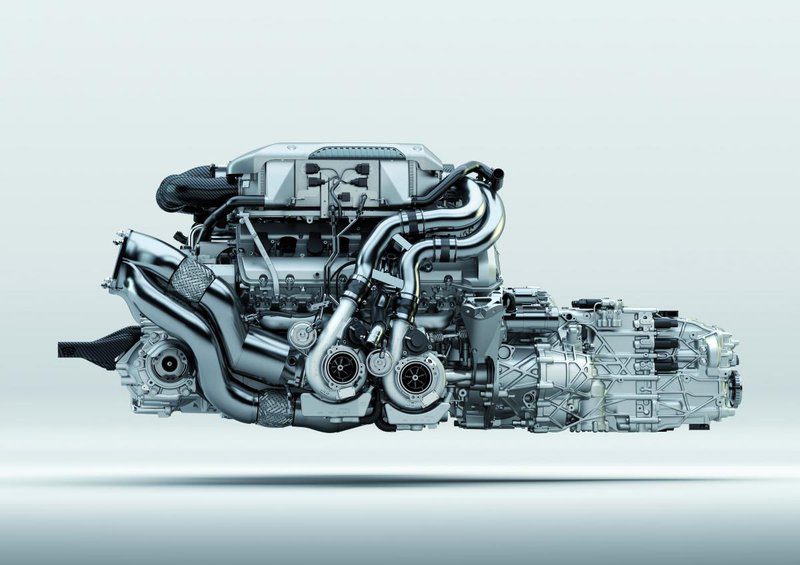
You know, the opinion of a rider who retired in 2012 (and has been involved in the development of the Chiron since then) must be taken into account not only because of his racing background (XKR-LMP1998), but also because he managed to maintain world speed record for a production car for 9 years (11 km / h with McLarn F386,47).
I sit in the luxury sports seat (handcrafted like everything else on this Bugatti, since robots are not welcome in Molsheim Studios) and Andy (“Please don't call me Mr. Wallace”) explains that the Chiron has a seven. -speed dual clutch transmission with the largest and most powerful clutch ever installed in a passenger car (which is understandable given the enormous torque the engine can handle) that the passenger compartment and hull are made of carbon fibers, because in its predecessor, and now the entire rear of the car is the same (which the Veyron was mostly made of steel). 320 square meters of carbon fiber is needed only for the passenger compartment, and it takes four weeks to produce or 500 hours of handcrafting. All four wheels are responsible for transmitting everything the engine puts to the ground, and the front and rear differentials are self-locking, and the rear wheel is electronically controlled to distribute torque even more efficiently to the wheel with better grip. ... For the first time, Bugatti also has a flexible chassis with various driving programs (for steering adjustment, damping and traction control, as well as active aerodynamic accessories).
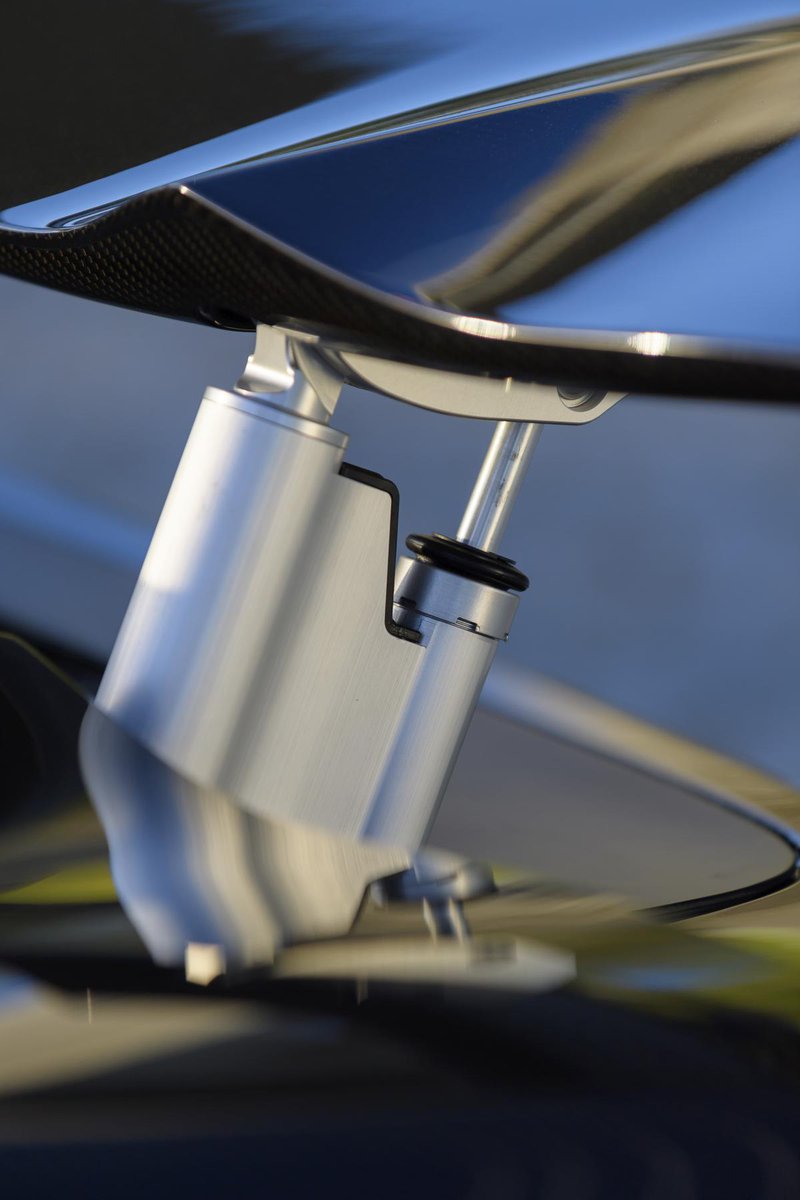
Driving modes can be selected using one of the buttons on the steering wheel (the right one starts the engine): Lift mode (125 millimeters from the ground, suitable for access to the garage and driving around town, the system is deactivated. Is switched off at a speed of 50 kilometers per hour), EB mode (standard mode, 115 millimeters from the ground, immediately and automatically jumps to a higher level when the Chiron exceeds 180 kilometers per hour), Autobahn mode (German word for motorway, 95 to 115 millimeters from the ground), Drive mode (same road clearance as in Autobahn mode, but with different settings for steering, AWD, damping and accelerator pedal to make the car more agile in corners) and top speed mode (80 to 85 millimeters from the ground)). But in order to reach those at least 420 kilometers per hour, causing blisters, you need to insert another key into the lock to the left of the driver's seat. Why? Andy explains without hesitation: “When we turn this key, it seems to cause a kind of 'click' in the car. The car checks all its systems and performs self-diagnostics, thereby ensuring that the car is in perfect condition and ready for further action. When we accelerate from 380 to 420 kilometers per hour, this means that the driver can be confident that the brakes, tires and electronics, in short, all vital systems are working flawlessly and with the correct settings. "

Before starting the engine, the Briton, who has made more than 20 appearances at the 24 Hours of Le Mans, says the rear wing (40 percent larger than the Veyron) can be set by the driver in four positions: “In the first position, the wing is level. with the rear of the car, and then to increase the aerodynamic pressure on the ground created by the air flow above it; however, it can create an air braking effect on the rear of the Chiron, thus shortening the stopping distance. Only 31,5 meters to stop this two-ton hypersport at 100 kilometers per hour.” The amount of air resistance, of course, increases with the rise of the rear wing: when it is fully flattened (to achieve maximum speed), it is 0,35, when moving EB it is 0,38, in control mode 0,40 - and as much as 0,59 when used as an air brake.
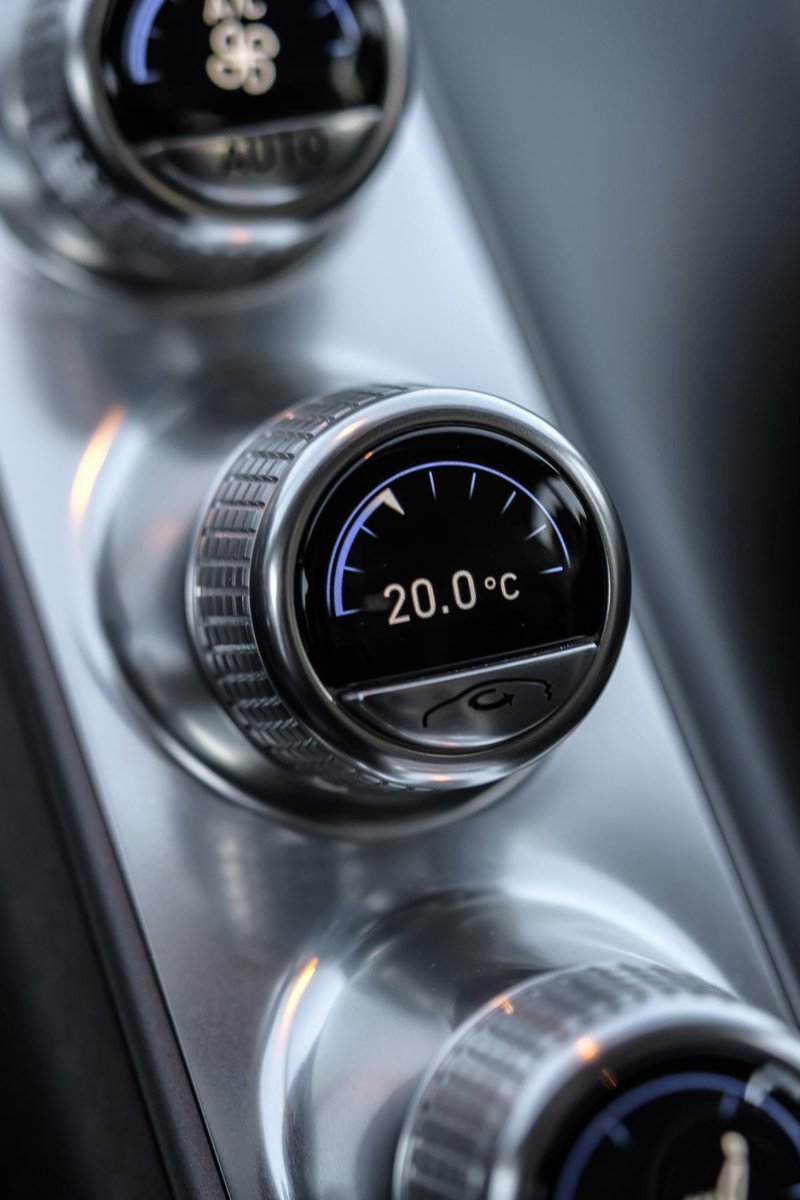
My eager eyes stare at the dashboard with three LCD screens and an analog speedometer; The information they show me differs (digitally) depending on the selected driving program and speed (the faster we go, the less information is displayed on the screens, thus avoiding unnecessary distraction of the driver). The dashboard also has a vertical element with four rotary knobs, with which we can adjust the air distribution, temperature, seat heating, as well as displaying important driving data. Needless to say, the entire passenger compartment is lined with high-quality materials such as carbon, aluminum, magnesium and cowhide that have been massaged and taught in yoga. We also cannot ignore the sewing skills of the experienced craftsmen of the Bugatti atelier.

The first few kilometers are more relaxed, so I can first get acquainted with the driving style and immediately come to the first realization: I have driven quite a few supercars that need strong hands and feet on the pedals, and in Chiron I. I noticed that all the teams very light; With a steering wheel, ease of operation depends on the chosen driving style, but always provides amazing precision and responsiveness. This is also aided by the custom-made Michelin 285/30 R20 at the front and 355/25 R21 at the rear, which have 13% more contact area than the Veyron.
The damping system in Lift and EB modes provides a fairly comfortable ride, and if it weren't for the shape of the car and the ringing symphony orchestra in the engine bay, you could almost imagine the daily ride of the Chiron (which is the 500 multimillionaire privilege of Chiron customers), half of which already reserved her cars). Maybe you should just step back from those rural asphalt roads that sometimes lead you through villages lost in time and where few residents stare at the Bugatti in amazement, someone who has just seen an unknown spaceship dock. in the backyard; and where Chiron moves with the grace of an elephant in a china shop.
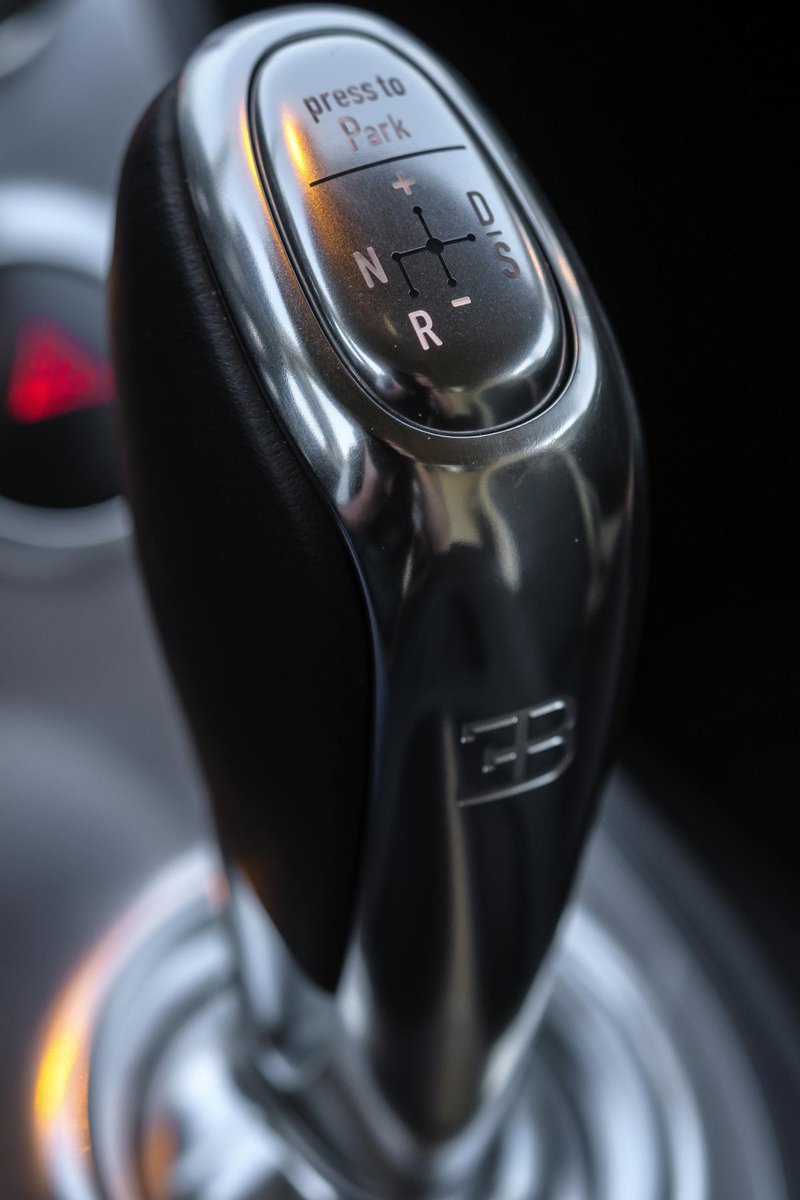
To write that the Chiron's capabilities are amazing sounds boring and expected. You can be convinced of its perfection as soon as it is in front of you. And although my colleague and I did not even come close to the promised maximum speed, I can say that the secret is in acceleration - in any gear, at any speed. Even the seasoned driver and journalist who was fortunate enough to drive a Renault F1 race car at Paul Ricardo some ten years ago and who tried hard (albeit in vain) to be as fast as Bernd Schneider in the Mercedes AMG GT3 at Hockenheim and had an AMG sports driving course and I thought some of the accelerators were a little snack, I was terribly close to passing out twice when Andy Wallace pressed the gas pedal all the way down for ten seconds - they seemed like an eternity ... Not because the car reached a speed of 250 kilometers in an hour over that time, but because of the acceleration. You read that right: he fainted because his brain was working hard to give something else during the crazy acceleration.
My seasoned driver wanted to comfort me with two examples - one more, and another slightly less technical: "The Chiron's capabilities require the human brain to go through a 'learning' phase so that as it approaches the limits of this car's acceleration and deceleration, more continue to function properly. . The Chiron's top speed exceeds that of the Jaguar XKR. I won Le Mans 29 years ago. Braking is amazing as the airbrake achieves a deceleration of 2g, which is just under half that of the current F1 and double that of any other supercar available today. A long time ago my companion was a lady who, during one of them, had a rather unpleasant case of urinary incontinence as a projectile of rapid accelerations. In fact, this is a completely understandable reaction of the human body, which is not accustomed to such sharp accelerations.”
In any case, don't try to do this at home.
Interview: Joaquin Oliveira · photo: Bugatti

